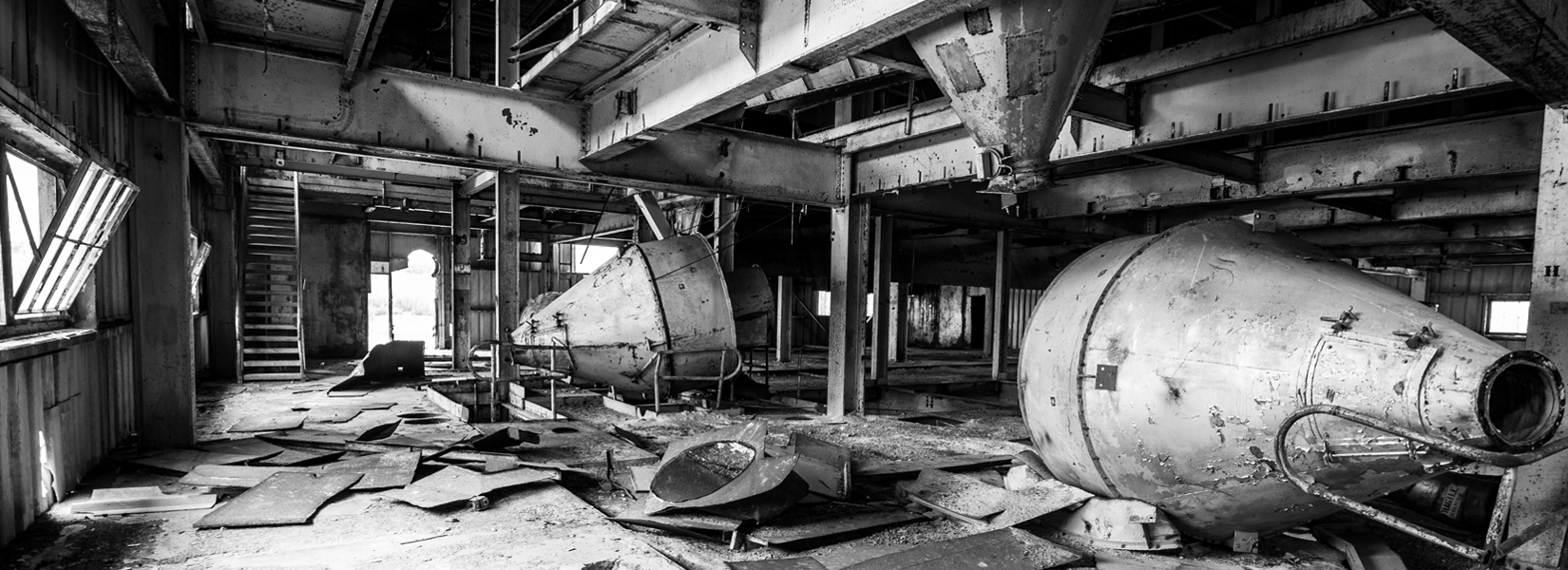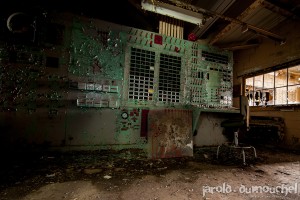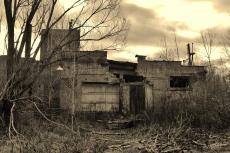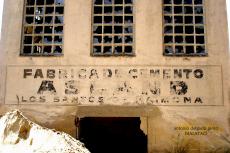Although this building was built around 1861, the history of the Dow brewery began nearly 60 years earlier, in 1790, when a farmer named Thomas Dunn started in the beer industry in La Prairie, who was an important stopover for travelers who went...
The old abandoned asbestos mine
A walk in the white gold country
The use of asbestos by man does not date from yesterday. Already, more than 2000 years ago, the Greeks used in making funeral clothes. Its name comes from its property to withstand fire: άσβεστος (asbestos, meaning "indestructible").
Its many industrial uses will make it a popular ore when a lode will be discovered in the Thetford Mines area in 1876. Thenceforth, the agricultural landscape of the hinterland will be changed forever. In 100 years, Quebec will become the leader in this industry and will produce in 1976 more than 80% of all Canadian asbestos. The area then saw its golden age which ranks 2nd largest asbestos producers in the world, just behind the Soviet Union.
Five companies share the mining operations in the region. Slowly, the industry will strangle by the reports about its dangers and, in September 2012, after the refusal of the Quebec government to offer a subsidy to revive the last mine in the region still active, Abestos industry will end in the area.
In 1970, studies estimated that more than 3,000 products contain asbestos. Today, asbestos is found in all kinds of industrial and consumer products (brake blocks, asbestos cement pipes and even in children's toys). According to the Le Devoir newspaper website, between 2004 and 2014, Canada imported $ 250 million of products made with asbestos.
Despite the closure of the mine, there was plenty of activity on the site. A guard carries out patrols and the factory basement is used for recyclable bale storage (cardboard, plastic, metal, tires, etc.) from Lévis.
Related content
Update (2013-08-23) : Many thanks to those who sent me some information about this place. So, it seems like this building was used to heat other buildings of the military complex who is now abandoned.
It is rather unusual that I can not...
Located in Gloversville near Albany NY, this abandoned factory is ready to crumble. Before 1870, Gloversville was a small village called Stump City. When it became an incorporated village in 1853, the name was changed to Gloversville due to the...
When I was a kid, I often traveled with my parents and my brothers in Los Santos, the village where I was born. Each time when we approached, my father used to say: "Beware, I will give a penny to the first one who will see the smoke of the plant...




























